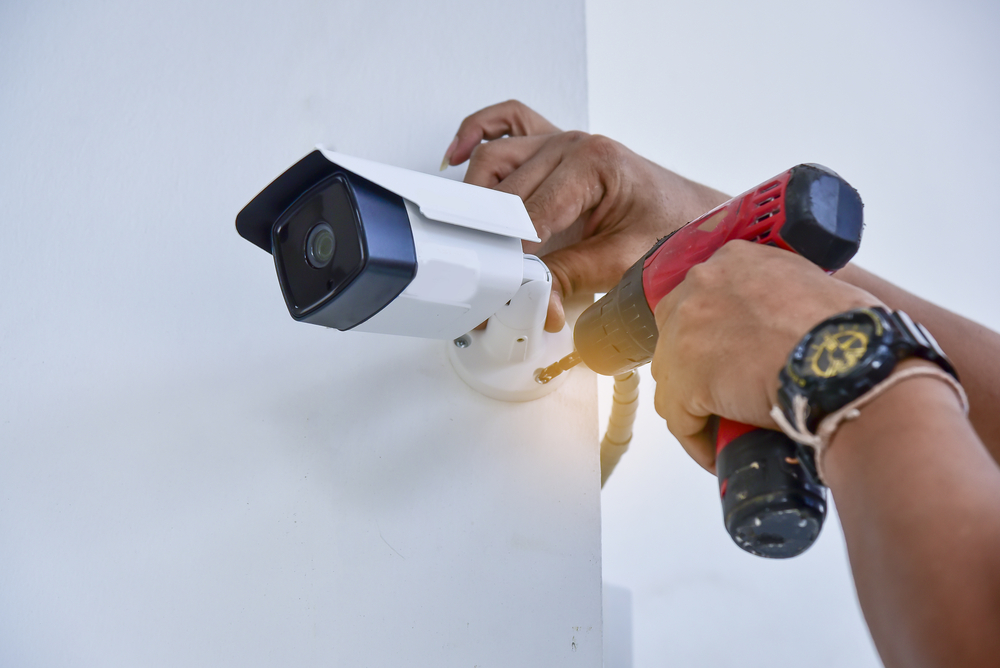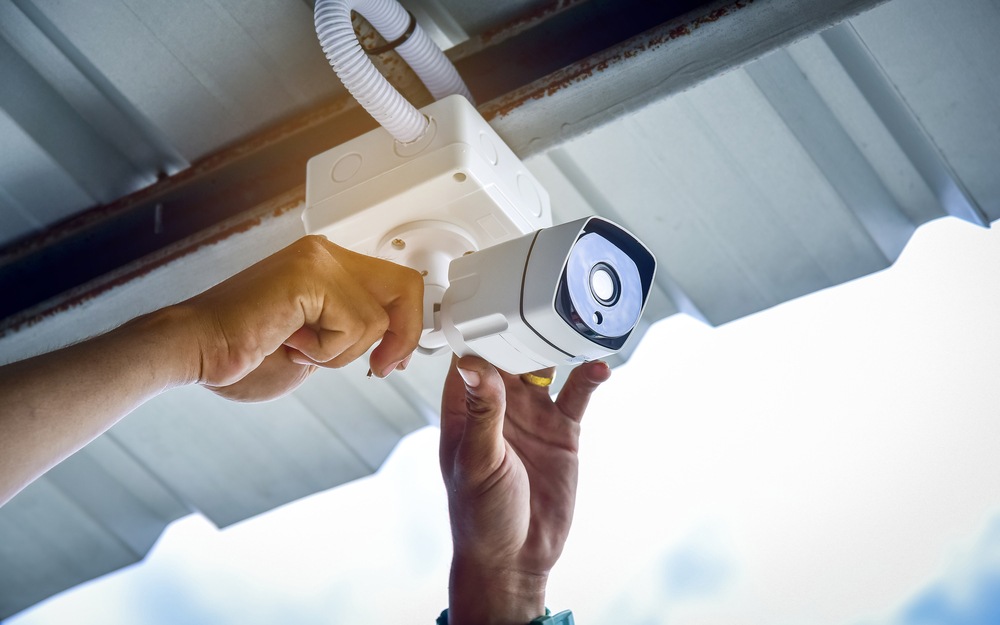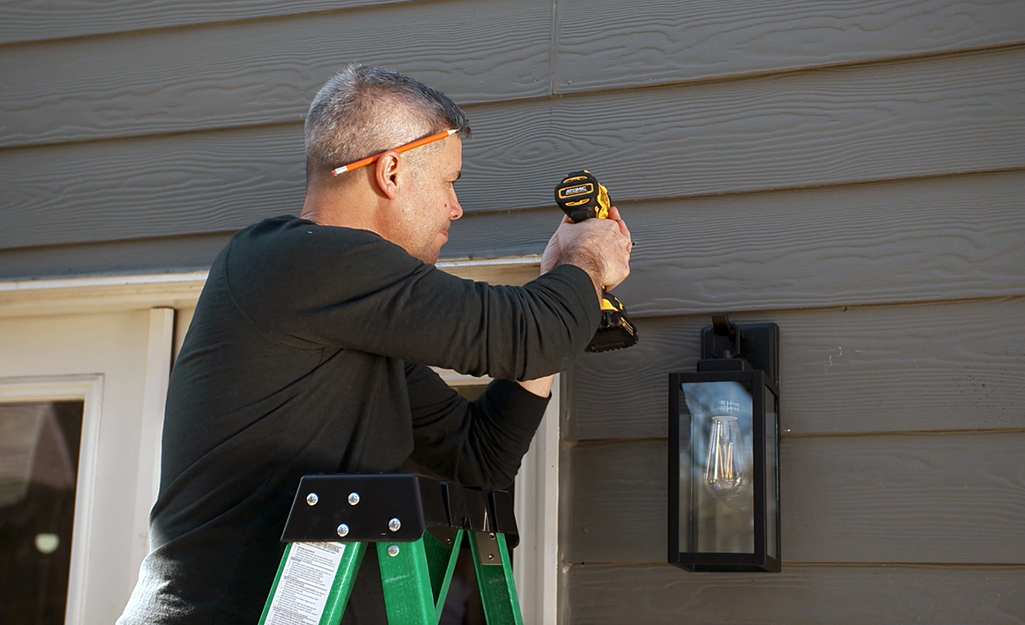
Home security cameras have become an essential aspect of residential safety in today’s world. With the increase in property crime and the ever-evolving methods of intruders, homeowners are turning to technology to enhance their protection. Installing a security camera system not only helps in deterring potential threats but also provides peace of mind and valuable evidence when needed. This article explores the importance of home security cameras, the different types available, the features to consider, and a step-by-step guide on installation.
Understanding the Importance of Home Security Cameras
As our lives become increasingly interconnected, ensuring the safety of our personal spaces is more critical than ever. Home security cameras serve as a first line of defense against crime, capturing valuable footage that can aid in apprehending intruders. With advancements in technology, these cameras have evolved significantly, offering features such as high-definition video, night vision, and motion detection, which enhance their effectiveness in safeguarding our homes.
Furthermore, the presence of these cameras acts as a deterrent, preventing potential break-ins. Criminals are less likely to target a home equipped with visible surveillance measures, particularly if they are aware that cameras are monitoring their actions. This psychological barrier can be incredibly effective, as many burglars look for easy targets with minimal security measures in place.
The Role of Security Cameras in Home Safety
Security cameras play a vital role in comprehensive home safety systems. They provide real-time monitoring of your property, allowing homeowners to keep an eye on their surroundings even when away. Many advanced models come with live streaming capabilities, enabling users to view their property remotely through smartphones or tablets. Additionally, some systems offer two-way audio, allowing homeowners to communicate with visitors or potential intruders directly through the camera.
In addition, security cameras contribute to gathering evidence in the event of an incident. Video footage can be critical for insurance claims or legal actions, ensuring that homeowners have the necessary documentation to support their cases. With cloud storage options, homeowners can easily access and store footage for extended periods, making it simpler to retrieve information when needed. This capability not only aids in legal matters but also helps in monitoring daily activities, such as keeping an eye on children or pets while they play outside.
Benefits of Installing Security Cameras
Installing security cameras offers several benefits that enhance the safety and security of your home:
- Crime Deterrence: Visible cameras can discourage potential intruders from targeting your property.
- Remote Monitoring: Homeowners can monitor their home in real-time from anywhere, providing peace of mind.
- Evidence Collection: Security footage serves as vital evidence in case of theft or vandalism.
- Insurance Benefits: Some insurance companies offer discounts for homes equipped with security systems.
These advantages demonstrate how security cameras are not just additions to home decor but vital components of personal safety and security. Moreover, the integration of smart home technology has made it easier than ever to manage these systems. Homeowners can now control their cameras through voice commands or automate them to work in conjunction with other smart devices, such as alarms and lights, creating a cohesive security network that adapts to their lifestyle.
Types of Home Security Cameras
When considering home security cameras, it’s essential to understand the various types available, as each serves a different purpose and caters to specific needs. The right choice can significantly impact the effectiveness of your home security system.
Indoor Security Cameras
Indoor security cameras are designed for monitoring the interior of your home. They are typically compact, unobtrusive, and offer features like two-way audio and motion detection. These cameras are ideal for ensuring the safety of your family and pets, especially when you’re not home.
Many modern indoor cameras come with smart features, such as facial recognition and activity alerts, allowing homeowners to keep track of who enters and leaves their house. Some models even integrate with home automation systems, enabling you to control lighting or alarms based on the camera’s activity. This level of integration can enhance your overall security strategy, providing peace of mind that your home is being monitored effectively.
Outdoor Security Cameras
Outdoor security cameras are built to withstand various weather conditions and provide coverage of the exterior of your home. They often come equipped with features like night vision, weatherproof casings, and wide-angle lenses to capture more extensive views.
The primary purpose of outdoor cameras is to deter criminal activity outside your home and to keep an eye on your property. High-resolution footage can help identify suspicious activity and serve as critical evidence if required. Additionally, many outdoor cameras now offer advanced features such as motion tracking, which allows the camera to follow moving objects, and cloud storage options, enabling you to access footage from anywhere at any time. This flexibility can be particularly beneficial for homeowners who travel frequently or have multiple properties to monitor.
Wireless vs. Wired Security Cameras
When selecting security cameras, one of the primary decisions is choosing between wireless and wired options. Both have their advantages and disadvantages:

- Wireless Cameras: These cameras are easy to install and can be placed in various locations without the need for complicated wiring. Many wireless models are battery-operated, making them versatile for different outdoor placements. They often connect to your home Wi-Fi, allowing for remote access via smartphone apps, which can be a game-changer for tech-savvy homeowners.
- Wired Cameras: Wired security cameras typically offer more reliable and consistent connections. They do not rely on Wi-Fi signals, making them a stable choice for streaming and recording high-quality footage. However, installation can be more complex, requiring professional assistance in some cases. Wired systems are often preferred for larger properties where extensive coverage is needed, as they can be integrated into a comprehensive security network without the risk of signal interference.
Each type fits distinct home security needs, and your choice should align with your preferences and property layout. Additionally, consider the potential for future upgrades; many homeowners find that starting with a few cameras and expanding their system as their needs evolve is a practical approach. As technology continues to advance, newer models may offer even more features, such as artificial intelligence capabilities that can distinguish between people, pets, and vehicles, further enhancing the effectiveness of your home security system. Learn more about commercial security alarm systems: a must-have for every business.
Key Features to Consider When Choosing a Security Camera
When selecting a security camera for your home, several key features should be taken into account to ensure that it meets your surveillance needs effectively. Understanding these features can help you make a more informed decision.
Resolution and Field of View
Camera resolution is crucial for capturing clear images. The higher the resolution, the clearer the footage will be. It’s advisable to choose cameras that offer at least 1080p resolution for standard viewing needs. Additionally, consider the field of view (FOV)—the wider the FOV, the more area the camera can monitor, which can maximize coverage with fewer cameras.
Night Vision Capability
Many incidents occur in low-light conditions, making night vision an essential feature for security cameras. Look for models that offer infrared night vision, which allows cameras to capture clear images even in complete darkness. This capability ensures that your property remains monitored at all hours.
Motion Detection and Alerts
Effective motion detection systems enable your cameras to alert you of unusual activity automatically. Many modern cameras can send real-time notifications to your smartphone when they detect motion. This feature is especially useful for monitoring your property while away, providing immediate awareness of potential security breaches.
Step-by-Step Guide to Installing Home Security Cameras
Installing security cameras can seem daunting, but with proper guidance, you can set up your system effectively. Here is a simplified step-by-step guide to help you through the process.
Choosing the Right Location
The first step in installation is deciding where to place your cameras. Consider the most vulnerable areas of your property, such as entry points, driveways, and backyards. Ensure that cameras are mounted high enough to avoid tampering but at a level where they can still capture clear footage.
It’s also crucial to evaluate the lighting conditions in those areas. Cameras positioned in well-lit areas during nighttime will perform significantly better than those in shadowy spots.
Installation Process for Wired Cameras
For wired cameras, you will need to run cables from the cameras to your central recording system. Here are the basic steps:
- Mark the desired locations for the cameras.
- Drill holes for the cables and mount the cameras securely.
- Connect the video and power cables to the cameras and the central hub.
- Test the system to ensure all cameras are functioning correctly.
Professional installation can also be considered for those less comfortable with technical elements.

Installation Process for Wireless Cameras
Installing wireless cameras is typically less complicated. Follow these steps:
- Choose appropriate locations and ensure Wi-Fi coverage is sufficient.
- Mount the cameras according to the manufacturer’s instructions.
- Connect the cameras to your Wi-Fi network and configure the settings through the corresponding app.
- Test the response and view the live feed to confirm proper installation.
The ease of wireless systems can be a significant advantage for homeowners looking to enhance their property’s security.
In conclusion, investing in home security cameras is a proactive measure that enhances the safety of your property. By understanding the various options, features, and installation processes, you can effectively choose and implement a security system that meets your needs. Protect your home with the right technology and enjoy peace of mind knowing that you’re taking steps to safeguard your living space.